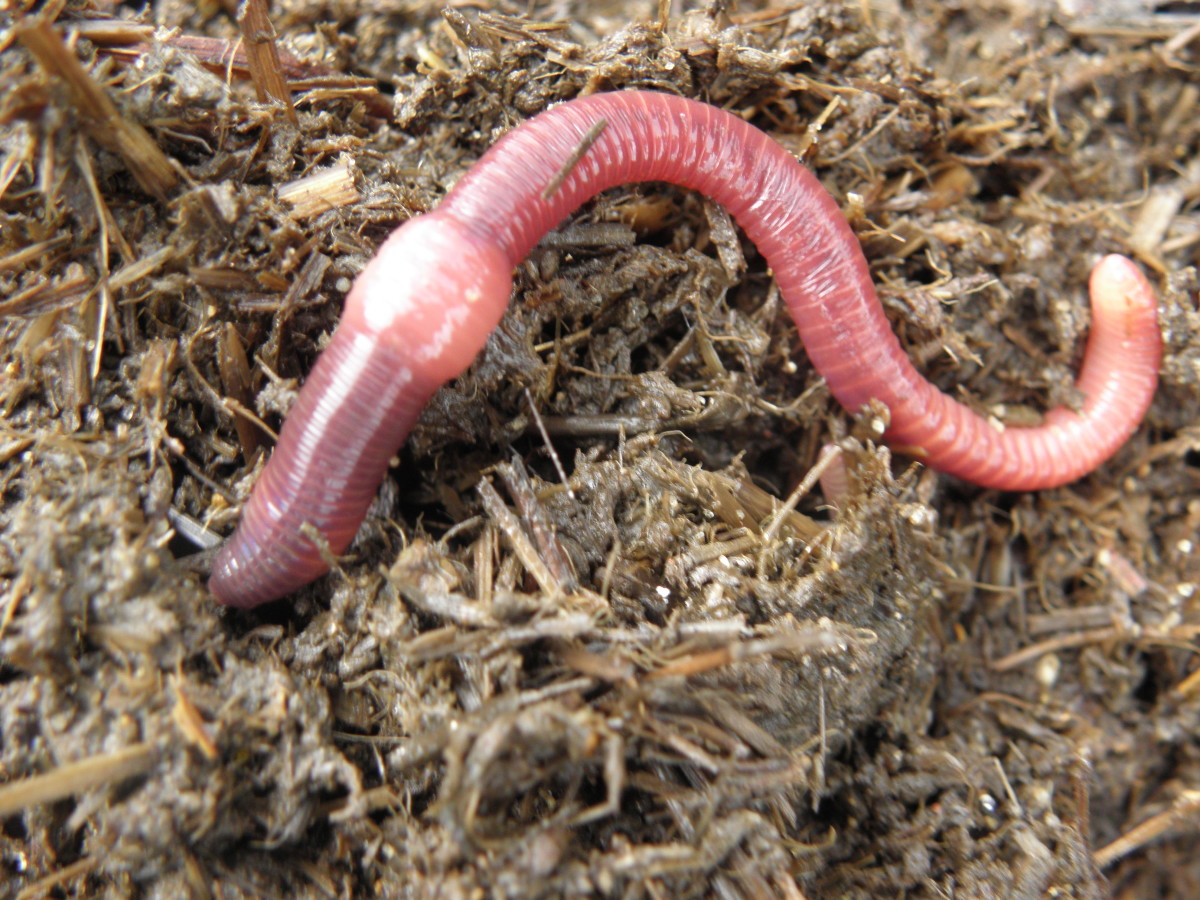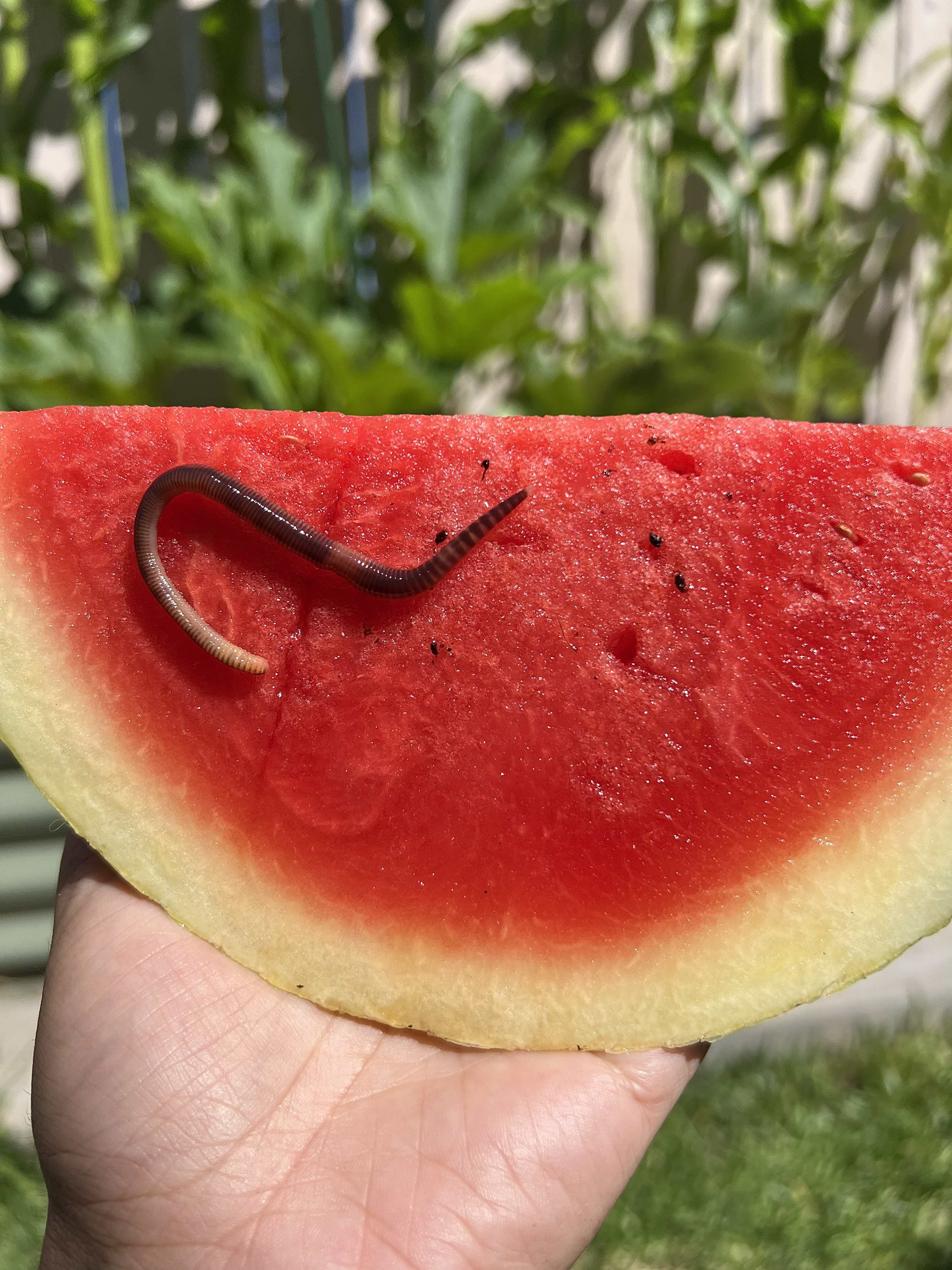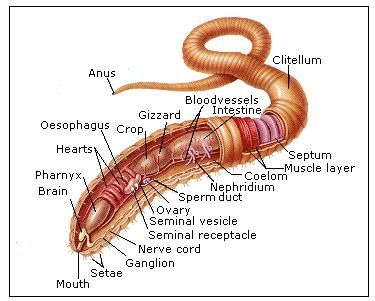Unlock the Perks of Red Wiggler Composting for Your Organic Garden
Unlock the Perks of Red Wiggler Composting for Your Organic Garden
Blog Article
Checking Out the Mechanisms of Red Wiggler Composting: A Comprehensive Guide to the Refine and Its Favorable Impact on Sustainable Gardening Practices
The detailed mechanisms of red wiggler composting, using the unique physiology of Eisenia fetida, offer an engaging avenue for enhancing lasting gardening techniques. As metropolitan gardening gains grip, comprehending the nuances of this composting approach becomes increasingly appropriate.
Comprehending Red Wigglers
Red wigglers, medically called Eisenia fetida, are a species of earthworm extremely related to for their efficiency in composting natural waste. These worms flourish in nutrient-rich settings, especially in decomposing organic issue, making them suitable for vermicomposting systems - Red Wiggler Composting. Characterized by their reddish-brown pigmentation and segmented bodies, red wigglers are smaller than usual earthworms, usually measuring in between 3 to four inches in size
Their special physiological qualities boost their composting abilities; as an example, they possess a high reproductive price, permitting populations to increase rapidly under suitable problems. Red wigglers take in organic material, breaking it down via their gastrointestinal systems, which leads to nutrient-rich spreadings that act as an outstanding organic plant food. Their starved hunger enables them to process huge volumes of food waste effectively, significantly minimizing landfill payments.
In enhancement to their composting expertise, red wigglers play an important function in dirt wellness. Red Wiggler Composting. They aerate the soil and assist in the disintegration of natural matter, further enhancing the soil environment. Recognizing the characteristics and environmental benefits of red wigglers is crucial for anyone wanting to carry out lasting horticulture techniques via effective composting methods
The Composting Process
The composting process includes damaging down natural materials into nutrient-rich compost, a job that red wigglers stand out at because of their specialized digestive system systems. These worms eat food scraps, backyard waste, and various other raw material, changing them right into beneficial garden compost via a collection of organic and chemical procedures.
At first, the organic matter is combined with bed linens materials such as shredded paper or dried leaves, developing an optimum environment for the worms. As the red wigglers consume this blend, they break it down through their gut, where microbes even more disintegrate the product. This process creates warmth, advertising microbial activity, which speeds up disintegration.

Advantages of Red Wiggler Composting
Many gardeners and eco-conscious people acknowledge the various advantages of red wiggler composting, making it a popular selection for effective waste administration. One of the main benefits is its ability to significantly minimize natural waste in landfills - Red Wiggler Composting. Red wigglers successfully damage down kitchen area scraps and various other biodegradable materials, changing them into nutrient-rich vermicompost that enhances dirt wellness
Furthermore, red wiggler composting boosts soil structure and this page fertility. The resulting vermicompost is bursting with beneficial microorganisms, which advertise plant growth and improve nutrient retention. This natural fertilizer not just supports sustainable horticulture methods yet also minimizes dependence on chemical fertilizers, promoting a healthier ecosystem.
Additionally, red wiggler composting is a space-efficient technique, making it ideal for city gardeners with minimal area. The procedure can be performed indoors or outdoors, allowing for year-round composting despite climate conditions. Red wigglers are low-maintenance organisms that need very little treatment, making them obtainable for novice garden enthusiasts.
Fundamentally, the advantages of red wiggler composting expand past waste decrease; they add to much healthier soils, sustainable gardening practices, and environmental stewardship, placing it as a beneficial technique in modern-day cultivation.
Ideal Practices for Composting
For successful red wiggler composting, sticking to ideal practices is crucial to maximize effectiveness and ensure a productive setting for these worms. This equilibrium promotes optimal disintegration and improves the worms' wellness.
Next, screen moisture levels, going for a damp, sponge-like consistency. Extremely wet problems can bring about anaerobic decay, while too much dry skin may impede worm task. Additionally, make sure correct aeration by turning the garden compost routinely, which assists protect against compaction and permits appropriate oxygen circulation.
Temperature level is another important factor. Maintain a variety of 55 ° F to 77 ° F(13 ° C to 25 ° C) to advertise worm task and microbial development. Prevent introducing meat, dairy products, and oily foods, as these can bring in parasites and create odors.
Enhancing Sustainable Gardening
Sustainable gardening embodies an alternative technique that balances environmental concepts with useful gardening techniques. By integrating methods such as red wiggler composting, garden enthusiasts can considerably boost their methods, fostering a much more resistant environment. Red wigglers, renowned for their efficient decay abilities, transform natural waste right into nutrient-rich garden have a peek at these guys compost, consequently improving the dirt without counting on chemical plant foods.
Carrying out sustainable gardening techniques, such as plant turning, buddy planting, and mulching, further complements the advantages of composting. These techniques not only enhance soil framework and fertility yet likewise promote biodiversity, attracting beneficial pests and microorganisms that add to plant wellness. In addition, using native plants can lower water usage and reduce maintenance, straightening with water conservation efforts.

Verdict
In final thought, red wiggler composting represents a crucial approach for boosting lasting horticulture practices. Ultimately, the adoption of red wiggler composting can my company significantly contribute to environmentally friendly gardening, benefitting both urban and beginner gardeners in their cultivation efforts.
The elaborate systems of red wiggler composting, utilizing the special physiology of Eisenia fetida, provide a compelling opportunity for improving sustainable gardening practices. Understanding the characteristics and ecological advantages of red wigglers is essential for anyone looking to carry out sustainable horticulture methods via effective composting approaches.

In verdict, red wiggler composting stands for an important technique for improving lasting gardening methods. Inevitably, the adoption of red wiggler composting can dramatically contribute to eco-friendly horticulture, benefitting both city and newbie gardeners in their cultivation initiatives.
Report this page